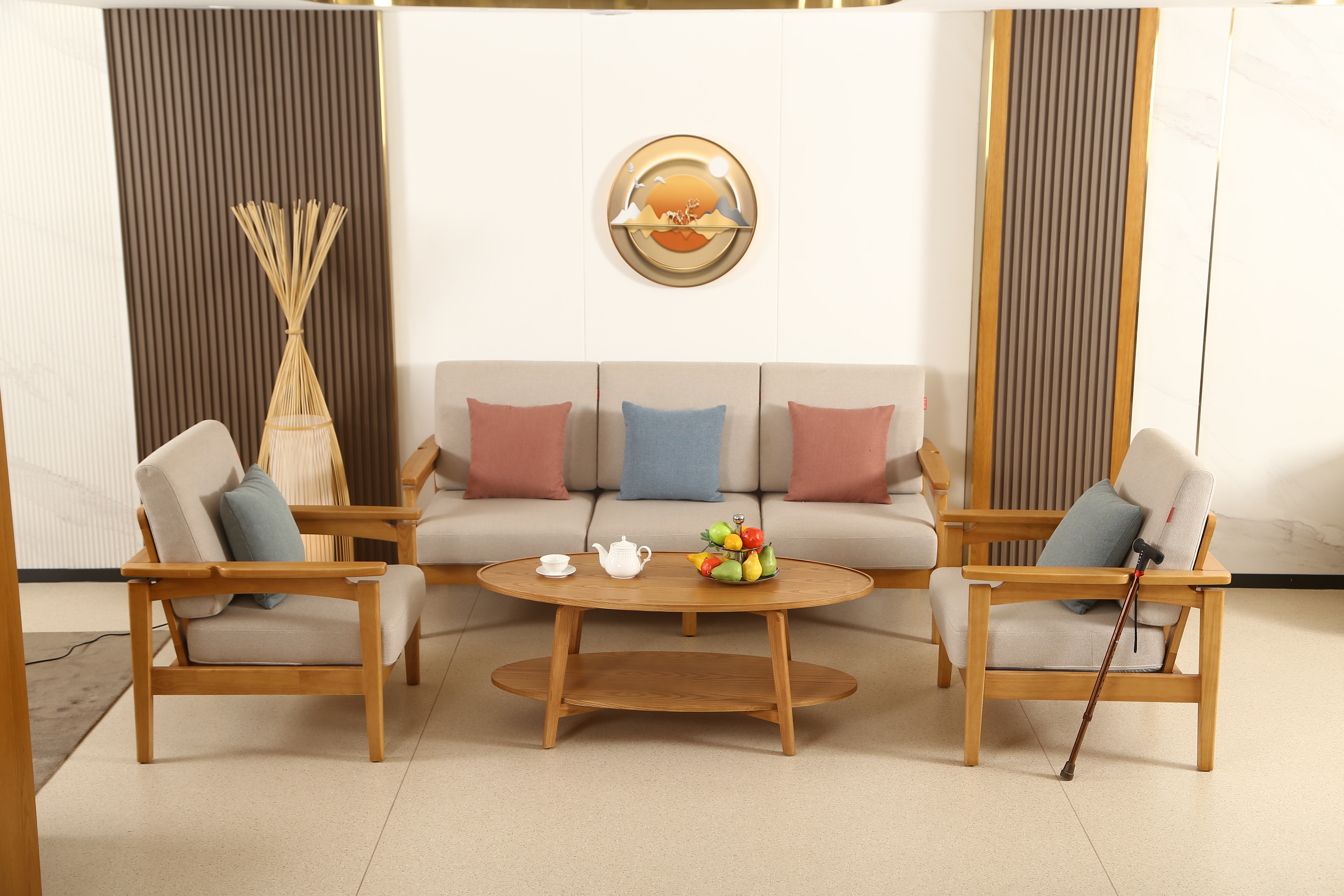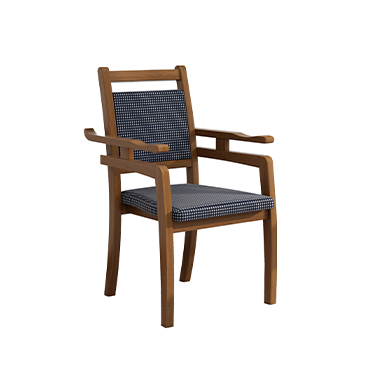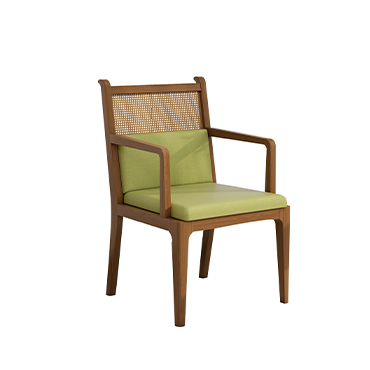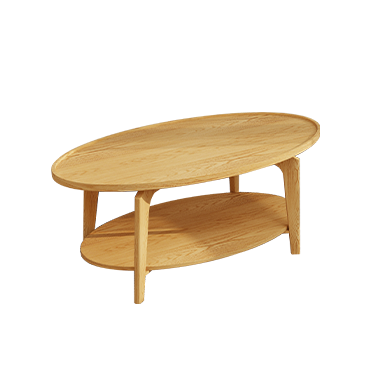Safe Furniture Design for Seniors: How to Prevent Falls and Injuries
As global aging accelerates, home safety for the elderly has become a growing concern. Research shows that falls are a leading cause of injury and even death among people aged 65 and older. Many of these accidents happen at home—and often, unsafe furniture is part of the problem.
This article explores how senior-friendly furniture can be designed to minimize the risk of falls and injuries through practical, safety-centered strategies.
Why Are Seniors More Prone to Falls at Home?
With age, muscle strength decreases, balance weakens, and reflexes slow down. Vision becomes less sharp, and walking stability declines. In such conditions, even a small design flaw—like furniture that’s too low, too slippery, or placed in a narrow passage—can result in a dangerous fall or collision.
5 Key Safety Principles in Senior Furniture Design
1.Proper Seat Height
Chairs, beds, and sofas should have a seat height of around 45–50 cm. This allows the knees to stay at a comfortable angle and helps seniors sit down or stand up more easily, reducing the risk of losing balance.
2.Stable Structure
All furniture should have a low center of gravity and a wide base to prevent tipping. Anti-slip pads or rubber feet can prevent chairs and tables from sliding on smooth floors.
3.Rounded Edges
Sharp corners on tables, beds, and cabinets can lead to cuts or bruises during a fall. Rounded edges or soft padding on corners can significantly reduce injury risk.
4.Built-in Support Handles
Adding support arms or handles to beds, chairs, and toilets gives seniors extra balance when standing up or moving around. These should be easy to grip, well-positioned, and strong enough to bear weight.
5.Anti-Slip Materials and Lighting
Use slip-resistant materials for chair cushions, flooring, and walking paths. Integrating night lights into furniture, such as under-bed lighting or motion-sensor lamps, helps seniors navigate safely in low-light conditions.
Practical Safety Tips for Different Furniture Types
Each type of furniture plays a different role in elderly safety:
- Beds should have stable frames, moderate height, and optional side rails.
- Sofas should offer firm seating, not too deep, with strong armrests for support.
- Chairs should include backrests and arms, and avoid rolling wheels or narrow legs.
- Coffee tables should be low, round-cornered, and not block walking paths.
Cabinets should open smoothly with easy-to-grip handles and soft-close drawers to prevent finger injuries.
Don't Forget the Surrounding Environment
Furniture alone isn’t enough—safety must extend to the entire home environment:
- Ensure wide, clear walking paths between furniture.
- Use non-slip flooring or rugs.
- Install emergency buttons near beds and in bathrooms.
- Maintain soft, even lighting in hallways and living areas.
Final Thoughts: Safety Comes First
In senior furniture design, safety is not an extra feature—it’s a must-have. A small design adjustment, such as a rounded table corner or a supportive armrest, can make a big difference in preventing a fall.
Great senior furniture is not just about comfort or looks. It’s about anticipating the needs of aging bodies and quietly protecting those who use it every day.





